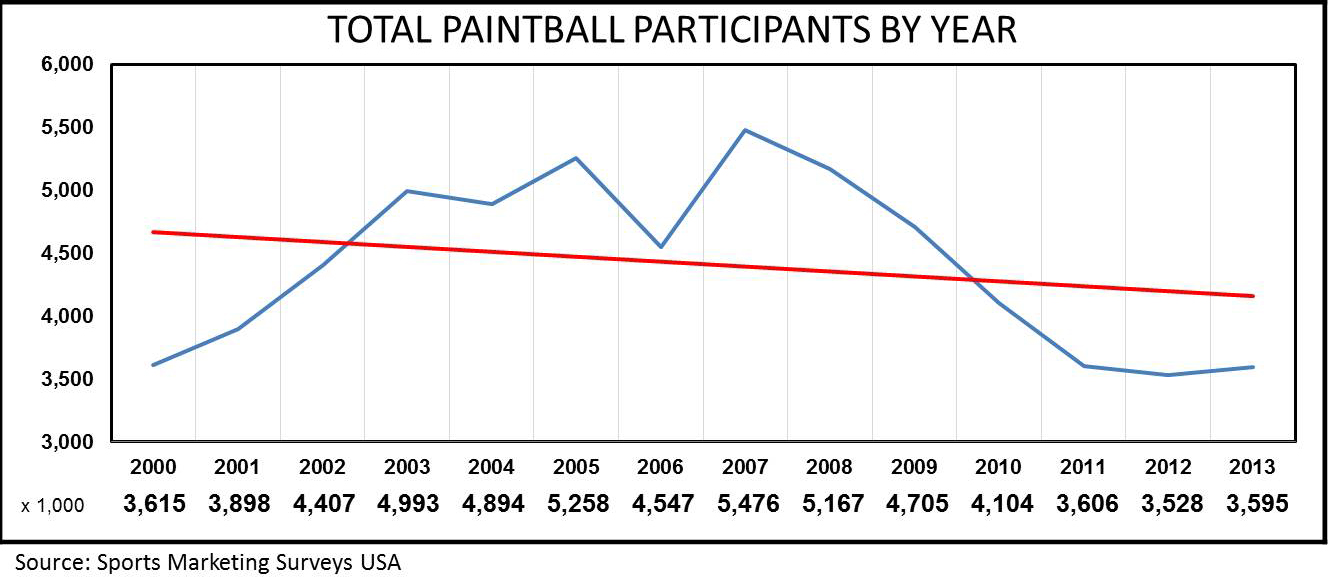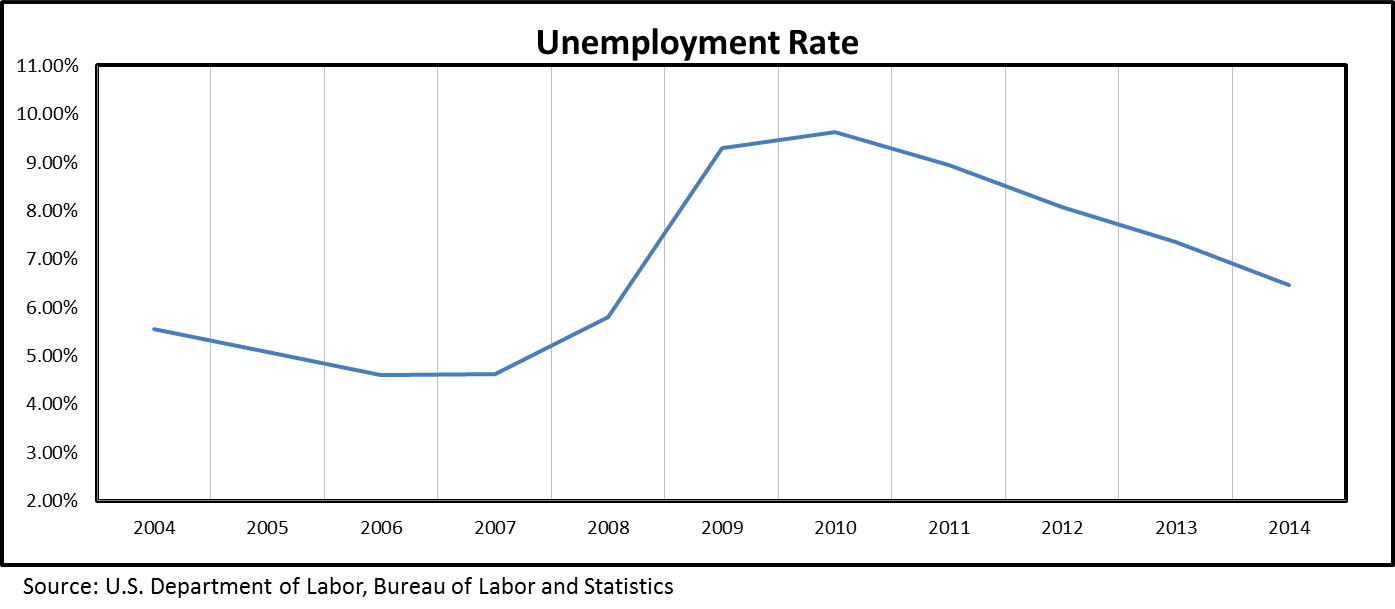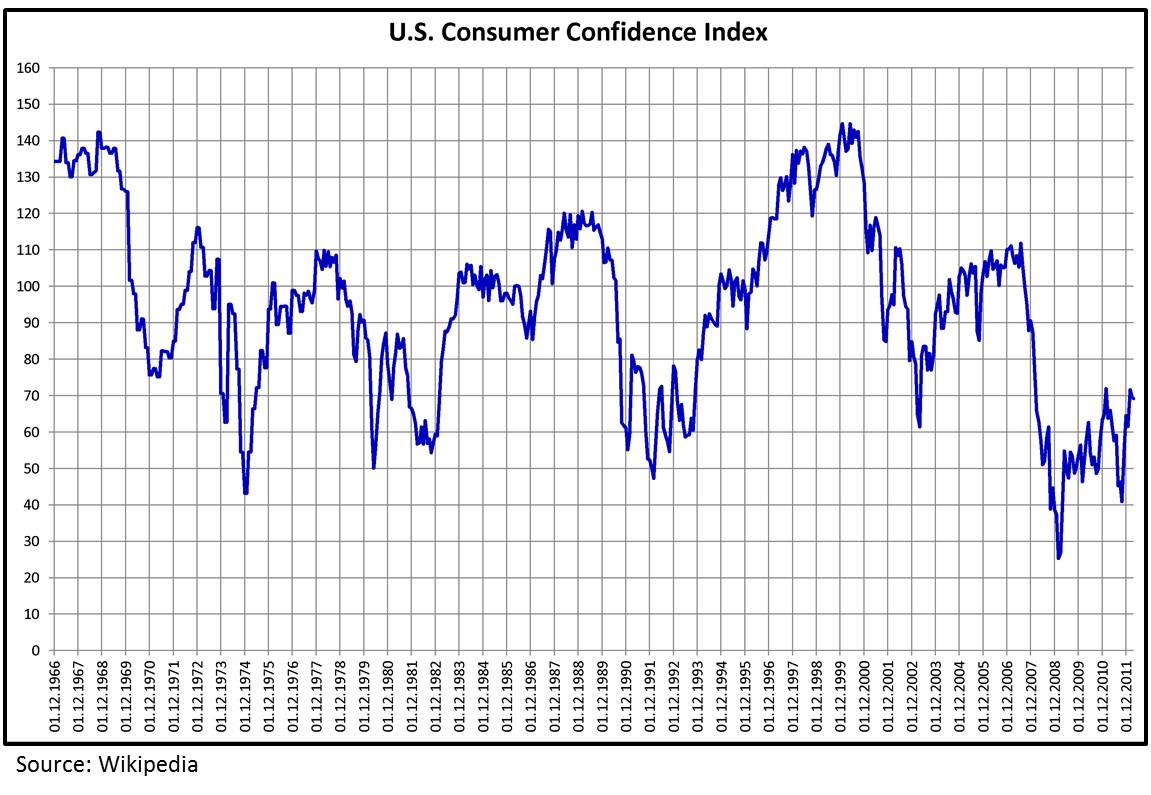I remember exactly where I was when Lehman Brothers went up in smoke. I was eating my complimentary continental breakfast at a Super 8 motel in Bowman, North Dakota. The lobby, like the rest of the motel, smelled like mildew and hunting dogs. It was June, 2008, and a late blizzard had my crew stuck indoors for days. That morning, we were hoping to get back across the state line to the Buffalo County Clerk’s office to finish our work so we could get back to civilization. At the time, I was managing several crews across the U.S. doing oil and gas work. Times had been good for years, but as of late there had been signs. Bad signs. The news was filled with stories of banking losses, Wall Street trickery, and credit default scares. Months before, Merrill Lynch had reported huge losses, and the bad news seemed to keep building. All I could do was push ahead, keep my guys working, and hope the clients would keep paying. But I remember watching the news that morning and feeling the coffee eating at my gut. Sure enough, the client called before I’d even warmed up my truck. I drove a couple guys to the airport in Rapid City, and the rest of us started the long drive back to Texas. Within months, the check books were closed, the field offices were empty, and we were headed down the even longer road now known as the Financial Crisis of 2007-2008, or the Great Recession.
Every year, Sports & Fitness Industry Association (SFIA) releases statistics on sports participation, including paintball. I’ve purchased a few of their reports over the years, though the numbers have been glum lately, to say the least.

In the early- and mid-2000’s, paintball experienced a storm surge of participation, peaking out in 2007 with an estimated 5.5 million total participants (people who play at least once per year). But timed almost precisely with the melt-down of Merrill Lynch in October of 2007, things began to go south. Players fell off. Companies and fields began to disappear or get bought out. By December 2008, even the mighty National Paintball Players League (NPPL) had filed for bankruptcy, never quite regaining its strength and eventually withering away. By 2012, paintball had lost almost 32% of its regular and casual players, and people began to wonder, “Is this the end?”
What happened to cause such a meteoric crash in a once promising sport? To quote James Carville, “It’s the economy, stupid!” When paintball peaked in 2007, unemployment was at its lowest in years. It’s no surprise that as jobs dried up, there was less money spent on expensive past times like paintball. In 2008, unemployment skyrocketed, and though people are getting back to work little by little, working America still hasn’t fully recovered.

But what’s particularly brutal about recessions is not just the actual decrease in Gross Domestic Product, but fear. Even people not immediately facing a pink slip or foreclosure watch the news and feel the terror. Consequently, they tighten up on all nonessential spending, like, you guessed it, paintball. In 2008, the Consumer Confidence Index hit its lowest point since the Conference Board first released their data in 1967. Simply put, a family afraid of losing their home is not buying birthday party packages at the local paintball field.

Paintball is not truly comparable to any other sport. Certain traditional sports, like baseball, football, and basketball, are subsidized with school tax dollars, so children are able to participate regardless of their household income. Other amateur sports, like jogging and tennis, are exceptionally cheap compared to paintball. If tennis players destroyed and replaced tennis balls at the rate of 12.5 balls per second, there would be a higher barrier to climb in tennis as well, but such is not the case, so tennis doesn’t feel the same pain. Paintball is practically built on waste, so when the bear comes to devour the market fat, paintball goes first as an appetizer, not as dessert.
But is the economy the whole story? Perhaps not, but it’s the only one I can back-up with statistics and reasonable theory. If you’ll allow me a little speculation, I also propose that the rise of airsoft has taken a big bite out of paintball’s market share. First off, airsoft has much lower operating costs than paintball. 5,000 airsoft bb’s can be purchased for $10.00, while the same number of paintballs costs easily 10 times that much. While a Polar Star PR-15 CQBR rifle, considered a ridiculously high-end rifle in the airsoft world, costs about $600, paintballers think nothing of buying Luxes, Geos, and GSLs at more than twice that price. Plus, airsoft arrived at the same time as an explosion in first person shooter (FPS) video gaming. The ability to role play the part of a “Call of Duty” character in the flesh is hugely attractive to many people. Throw in less pain, less filth, and less danger, and airsoft is an undeniable contender in the action sports ring.

So what’s the solution? Time, mainly. Paintball is cyclical; it rides the ebb and flow of the overall economy, just like the oil and gas business. I read the 2014 SFIA Single Sport Report-Paintball today and there is good news: 2013 saw a 1.9% increase in paintball participation over the previous year, making it the first year paintball has seen positive growth in 5 years. That’s mostly due to the slow but steady strengthening of the U.S. economy. But will paintball climb all the way back to its peak, especially with airsoft and video gaming fighting for their share of the same demographic? Frankly, that’s up to paintball. The sport has not changed much in years. Small changes to rules like field sizes and ramping are like wake against the hull of a battleship. When an idea has been around for a long time, you can bet that anybody who wants to subscribe to it probably already does, and from there it will either grow at the same rate as the population or fade away as something shinier and newer comes along. To really change course takes bold innovation. To facilitate my return to the oil patch, I had to morph from a field guy to a corporate consultant, despite all my disdain for offices and staff meetings. As of now, there is some hope in magazine fed (mag-fed) paintball, which has found its legs in the last two years. With its realism and lower operating costs, mag-fed is paintball’s best answer to airsoft. As employment and consumer confidence recover, our old survival game may very well battle its way back up the hill with a tac vest full of 18-round mags.

The increase in the use of cell phones and data has had a dramatic affect on many industries like paintball. a $80/ month phone plan has become a standard and even a necessity in our society. in 2005 that was not the case. that 1000$ a year per person was sued for something else 5 – 10 years ago, in some cases paintball
Great article
Two things I have thought we should consider as an industry to promote growth.
– Market to a demographic that has more disposable income. we have been marketing to teens and early 20 somethings. I understand we need new players, but with this economy the unemployment in this age group is significantly high than whats in the article. I don’t believe this is a new concept. When I started playing in 2001 the majority of the players I knew where in 24 plus, out of school, unmarried, and with stable employment.
– When did paintball we loose the adrenalin sport aspect of this game. In 2001 there was a push to move the sport away from the extreme sport and become more family friendly. I honestly don’t know the answer to this question, but has the pendulum swung too far the other way now?
I believe this is a multifaceted issue that we can only really address partly from our position.I give very little credit to Airsoft as a factor in the Paintball Industries decline. I do however pin a large portion of the blame on Video Games. The paintball industry is a $6 hundred million a year industry from what I have been told. Rockstars Grand Theft Auto V sold nearly $1 Billion in 3 Days. That is right, one video game that was released for only 3 days dwarfed an entire Paintball industries year of sales. I found where the money went and where the players are… Reaching these gamers is vital for any potential growth. Where the Airsoft Industry will be a major factor is in the competition of who will reach the gamers first, Paintball Industry or Airsoft Industry. The Airsoft Industry holds quite an edge on the “Realism” and comparison to the FPS shooter games. We excel in the Role playing aspect in our Scenarios and Big games though it appears being that we are not anchored to the Milsim concept.
I agree that we need to expand our demographics as a cushion. Constantly thumping Skrillex isn’t going to attrack 30-50 year old males who have some income for hobbies.
I tried to boost our local club by targeting game forums, it all equalled to not a single new player… gamers in general are too pussy and lazy, yet most paintballers probably play games. I wonder how many sold their gear for an xbone or ps4?
the economy is a major factor, of course.
Air Soft is competition to paintball,
but why do we not speak about, how the paintball industrie and players do damage? Players that behave like BAMFs towards rookies and other players, in tournament and scenario…
Field operators who sell only the cheapes paint, stones that give big bruises, goggels that fog like hell. with litle innovation and motivation but high price.
Paint manufacturers who encourage the usage of 4000+balls on a training day thru field layouts and rules instead of sustainable business.
Equipment manufacturers who forecast way to much product and wonder why it does not sell full price, while they try to supply every dealer and field themselves (no strategy, no respect for the distribution channel).
Wholesalers who do not care for their dealers
Dealers who only care for quick profits instead of happy customers
Refs that do not care for the fun of the players
Teams that want free stuff but do nothing for it
Players that only care for the cheapest place/product to by, or hype stupid silly stuff… not to mention the greed…
(depending on the coutry you live, the one or other point will fit more or less)
Paintball is a tool,
a tool to have fun.
Entertainment is what all players want, the game provides but many forget while offering a product or service.
The more variety paintball offers, the more player will find its place and stay.
Back to basic, back to the roots, remember why you started paintball,
remind others and ignore the rest.
if enough players would just do that,
less would stop playing and all would look much better already!
I truly believe the way to bring paintball to the mainstream and to increase its growth exponentially is the fact that we need a large sponsor in the action sports genre such as rockstar or redbull to take paintball to the next level advertising and information. Is the key to getting paintball to be on the a same level as skateboarding or motocross as well as we need to find a network to showcase our events such as fuel tv which cater to the extreme sports genre
Tournament paintball is boring to watch and hard to follow unless you play so it’ll never happen. PBA do an awesome job for a webcast but it doesn’t solve the issues. And anyway, most paintball being played isn’t tournament ball and most money doesn’t come from it’s players either so the psp (and smaller local series) could die at the same time as paintball grows and not many people would notice apart from the obvious.
1. why do you want Paintball to go mainstream?
2. Shall it than be bigger as Soccer? Football? Rugby? Volleyball? Clay Shooting? Waterball? Swimming? Atlethics?… Most of those sports have no spectators, no “mainstream” media covarage etc. (depending on your country)
3. if you differentiate between participation and spectator sports, you realize that no participation sport is really really big.
Rather ask yourself, why do people STOP playing paintball?
If it would be the best thing on earth FOR EVERYBODY, than they would not quit and Paintball would be 100 times as big, right?
I have been around the sport for a long time as a player, ref, and now store/field owner. I have seen paintball when it was aired on ESPN, streamed online, and in person only. In my opinion there are many contributing factors to the decline of our wonderful sport.
The manufacturers themselves play a large role in the decline! This is one of the only industries that manufacturers will sell product directly to the public instead of referring them to a local store. You don’t get a cheaper price and most of the time you have to pay for shipping (unless over a certain $ amount). If they would send the customer to a local store instead of fulfilling the order the store would make the sale, explain any needed info, gain a new customer, and reorder what was sold (which means the manufacturer still makes a sell in the end). Then the manufacturer’s have the nerve to give certain online stores exclusive color schemes and no real MSRP that they have to go by. So an online store that doesn’t deal with players (outside of the internet) is sitting back getting rich while the field/stores have to wheel and deal to try and match the stupidly low prices. This year I’ve also ran into many different items that where back ordered or just plain unavailable for my store. Meanwhile certain internet stores and manufacturers themselves have the product for sale, but I can’t get it. If your local store/filed closes down where will you play with your equipment bought from the internet? Who will fix the stuff they didn’t tell you how to operate or maintain?
The next major issue is the way today’s experienced players act/think! How many of you have played with rec ballers and consciously took it a little easier, helped the newer players work up the field, given advise or words of encouragement on or off the field, made friendly conversation, or even noticed something wrong (in any way) and stopping to help? I have heard some awful things come out of an experienced players mouth aimed at a new player. How many times have you seen a rec baller get stitched up by somebody with an electronic marker? Do you think getting stitched up is fun? Stupidity from experienced player will drive away the urge to want to play for a second or third time! Everybody was a beginner once and somebody took the time to be nice to you and help you, which is why your an experienced player now.
There are other issues that I could go on and on about but I’m sure most will get the point. I hope paintball is on the rise however it will never last without manufacturers and players supporting their local field/stores! Eventually places to play will be harder and harder to find meaning more distance to travel and the eventual end of paintball.
Those are some good points you make, the one thing I hear a lot from people who haven’t played paintball is their fear of players using markers with a high rate of fire. I think paintball would benefit greatly from a semi auto only policy for open games and keep ramping and full auto reserved for competitive play only. This would make it much more appealing to the new players and ultimately grow the sport.
Our local club just died, 25+ players per month 2 years ago, now below 10 so the field op called it quits. The local airsoft club just had a club day with at least 60! $2000NZ custom polar star build here I come!
The problem with paintball will always be an industry targeting kids who have no disposable income. Everything a kid can or cannot do is up to the parents, and also influenced by the parents incomes. Having been a player since 12 (now 23) I’ve seen the sport grow and shrink. People come and go. Lately nobody is being left to replace these people.
I do not think our answer is in the form of mag-fed. We are essentially going to lose to airsoft, video games, and laser tag. This is simply due to costs. You are right we need to focus on something BOLD. We need to be different; we need to be exciting, and not just exciting to play but to watch!
Why do people do anything? Most for a sense of personal gain. You play pro football you get to be a star and make money. Paintball CANNOT be a sport until this happens.
What is fun about watching paintball? Penalties, controversy, overshooting, and bunkering! It’s like watching Nascar for the crashes.
I’m thinking pb might have a chance if we turn up the intensity and throw it back on tv.
-1v1 format
-15 bps full auto
-Small cage match style ring with only bunkers you can stand behind. (No snake or small cakes etc)
-Showcase people like Federov, Lang, Taylor or any of those pros who are just entertaining to watch.
-Barrel cams to show people getting bunkered.
Now you cut costs significantly. 1/5 amount of paint, lodging, and travel expense.